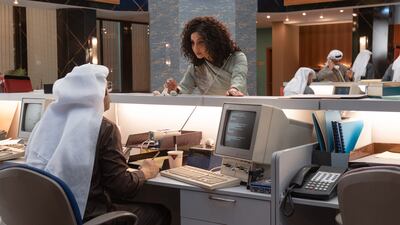










Kuwaiti show The Exchange reveals the glam and roar of the 1980s stock market
The series tells the story of two cousins who became the first women on the country's stock exchange

Razmig Bedirian
February 09, 2023
- Listen in English
- Listen in Arabic












February 09, 2023